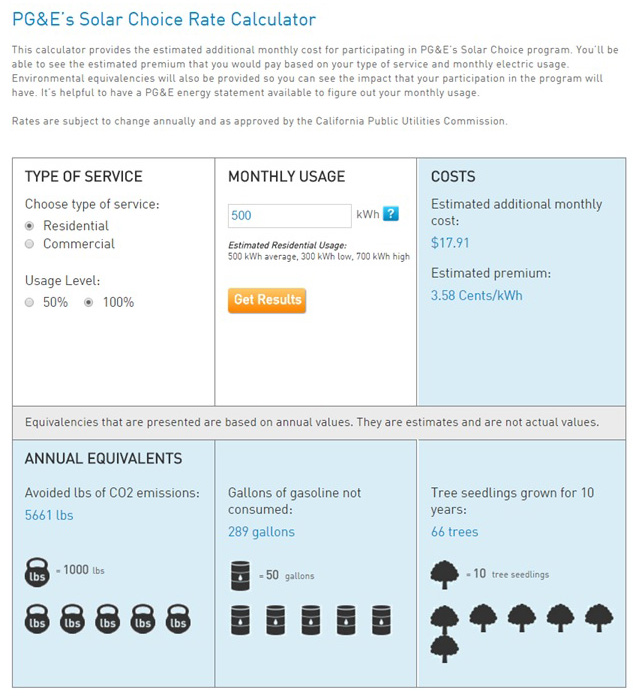Published at Renewable Energy World --- March 11, 2016 marks the five-year anniversary of the 2011 Tohoku earthquake and tsunami, which caused catastrophic meltdowns at three reactors in the Fukushima Daiichi Nuclear Power Plant complex in Fukushima Prefecture. This devastating event resulted in a major change to the nation’s electricity supply market. It led to the introduction of the national feed-in tariff (FIT) program in July 2012 and historical liberalization of the retail electricity market, which will commence in April.
 |
| PV plus Storage Installed at a School, Credit: Minamisyna City |
In regards to the upcoming deregulated electricity market, 210 companies have currently registered as retail electricity providers to compete against the 10 incumbent utilities, which had enjoyed the regional monopolies for several decades.
As fierce competition is anticipated, the incumbent utilities have restarted or plan to restart nuclear reactors to be cost-competitive. In fact, last year Kyushu Power Electric Company, located in the Kyushu region, restarted two nuclear reactors in Kagoshima Prefecture and, last month, Kansai Electric Power Corporation, the nation’s second largest electric provider, has restarted two reactors at Takahama Nuclear Plant in Fukui Prefecture to provide “lower rates” than those offered by new competitors.
Turning Nuclear Contaminated Town into Denuclearized Town with Renewable Energy
“I am very furious,” commented Katsunobu Sakurai, the mayor of Minamisoma City, at a press conference for the Foreign Correspondents’ Club of Japan. He is angry and frustrated that the utilities have restarted nuclear reactors since Minamisoma City, located less than 20 kilometers (12.4 miles) northwest of the Fukushima Daiichi Nuclear Power Plant, has not yet fully recovered. The city was heavily affected by the disasters which displaced 14,000 residents after the accident. It has been five years since the nuclear meltdown, however, residents of certain areas of the city have not been allowed to return since the national government has not yet lifted evacuation orders....
Read More Here


